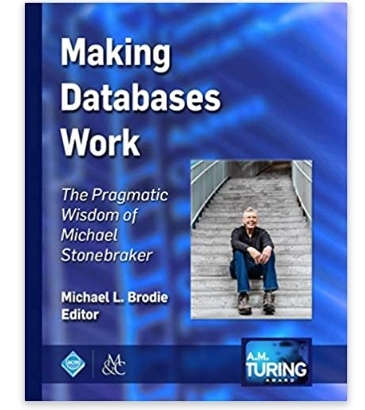They
say you never forget your firsts— first love, first job, or like in my
case, my first paper that was accepted for publication in an
international, peer-reviewed journal. That first experience taught me a
lot about the publication process of journal submissions.
My
story began with my father gifting me a cell phone. At that time, I was
working as a trainee for my MD course and started using the phone to
take photos when patients would be presenting with unique symptoms.
One day, a few of us trainees were discussing a case where the patient
had skin blisters and hypertrichosis (excessive body hair). We had no
conclusion about the diagnosis of the case, though we had some ideas of
what it could be. We decided to present the case in the grand round. In
grand rounds, rare cases and cases that are difficult to diagnose are
discussed by the trainees in presence of all faculty members. After
hours of discussion and cross-examining, a conclusion is reached for
those cases. After the presentation and discussion, our professor asked
us to check the patient’s urine under the Wood’s lamp. We were surprised to find the urine was coral red in color. But it helped us finalize our diagnosis— porphyria cutanea tarda!
During
this time, alongside recording the patient’s medical history and
examination findings, I had continued to take photograph of him. Since
it was a rare case, I thought I would write about it and send the paper
out for publication.
When
I began searching for similar cases, I was surprised to find that no
similar cases had been recorded in my country, Bangladesh. But outside
Bangladesh, quite a lot of work had been done in this field. So, I
proceeded to write a case report and send it to my professor for
feedback. I also attached some of the photos I have taken with my cell
phone to those in the case report.
Then
it was time to choose a journal. I was a novice to the process of
online submission but you live and you learn! After facing lots of
difficulties initially, I successfully submitted the case report to the
New England Journal of Medicine. Within two days, I received my first
rejection. When I informed my professor of the outcome, he asked me to
submit it again but to an Asian journal. So, I submitted it to a journal
published by Wolters Kluwer Medknow. The paper was rejected again but
this time I got some feedback— I was asked to use more recent references
and ‘plagiarism’ was also mentioned. They also recommended that I try
to submit the article to a journal that only publishes case reports.
I
revised the article to avoid plagiarism, used more recent references
and then searched the internet for a journal that specializes in
publishing case reports. I found one in India! After carefully reading
the journal’s instructions for authors, I formatted the manuscript as
per their guidelines and uploaded the manuscript to their website.
Finally,
good news! The article was provisionally accepted but needed some
revision of the content and photographs. I was asked to edit the
photograph to conceal the identity of the patient and also asked to keep
the patient consent form duly signed. I revised the paper as per their
comments and uploaded it again. After a few days they finally accepted
the paper and it was published on their website later.
What
I learnt from this first dip in the process of journal submissions was
that we need to meticulously check the patient and their history,
document all the information related to the case, and photographs of the
symptoms (while protecting the identity of the patients.) I also learnt
that written consent must be taken from the patient before sending the
paper out to journals. I also had takeaways about formatting, references
and how to document data in a way that would make writing a paper
easier for me. But my biggest takeaway was this— we should not be
disheartened when we face rejection, but keep on our path with
determination until we are successful.











